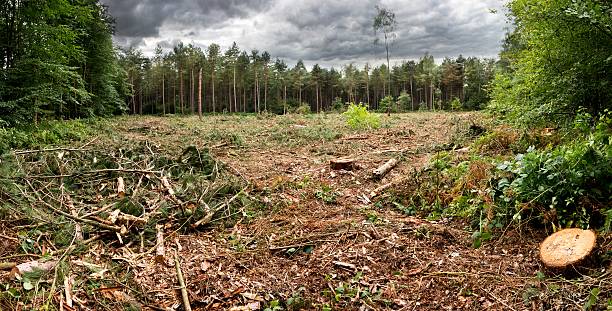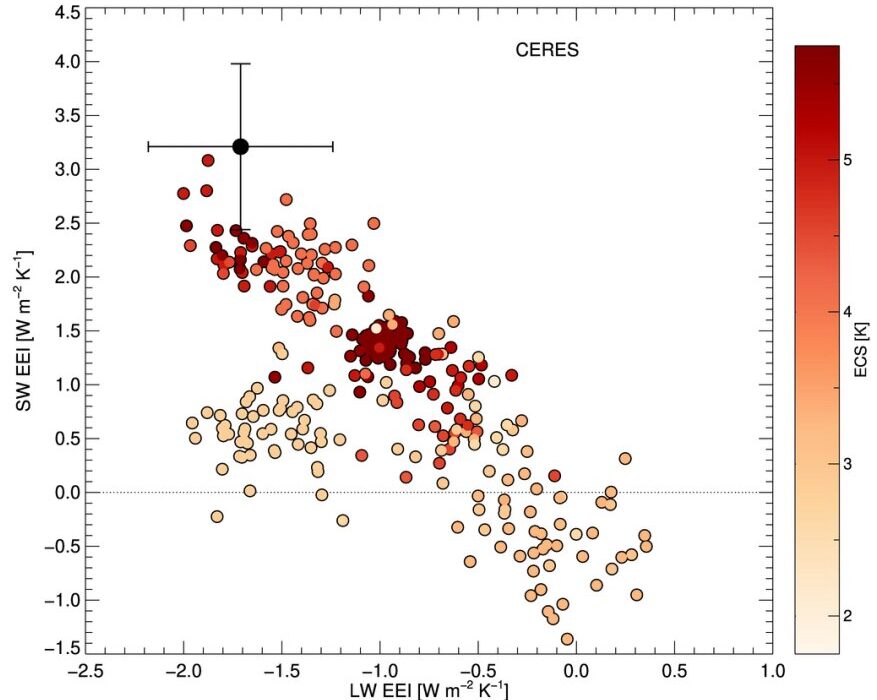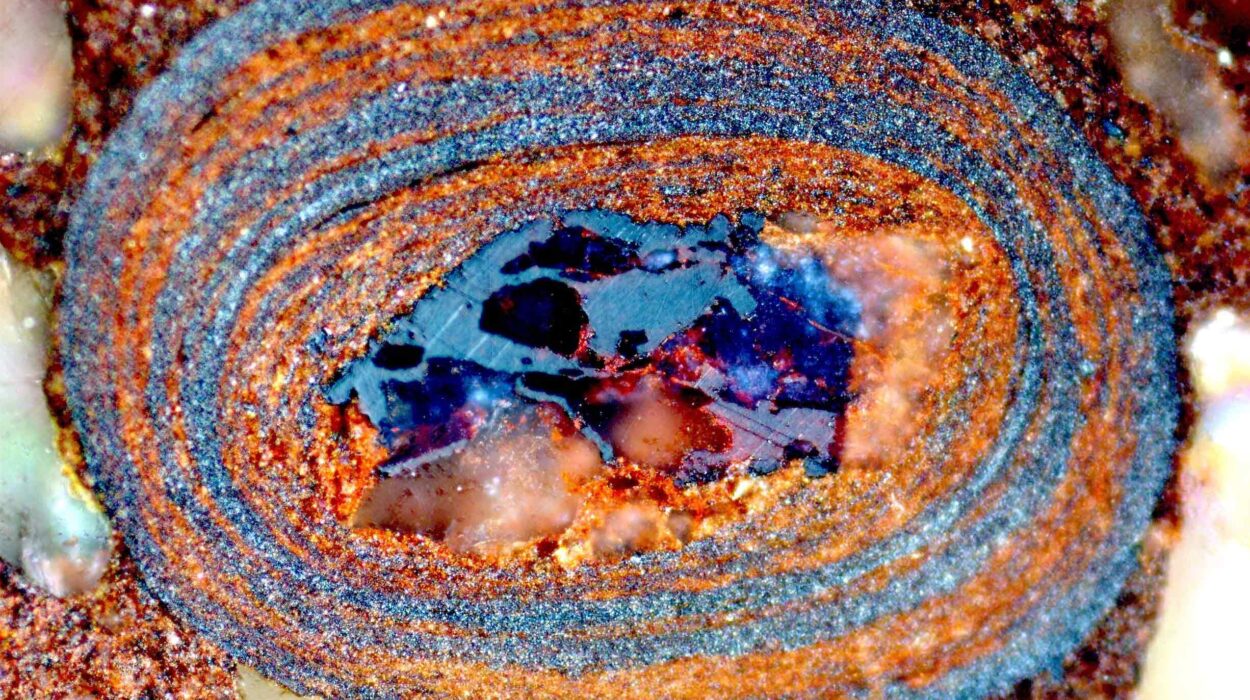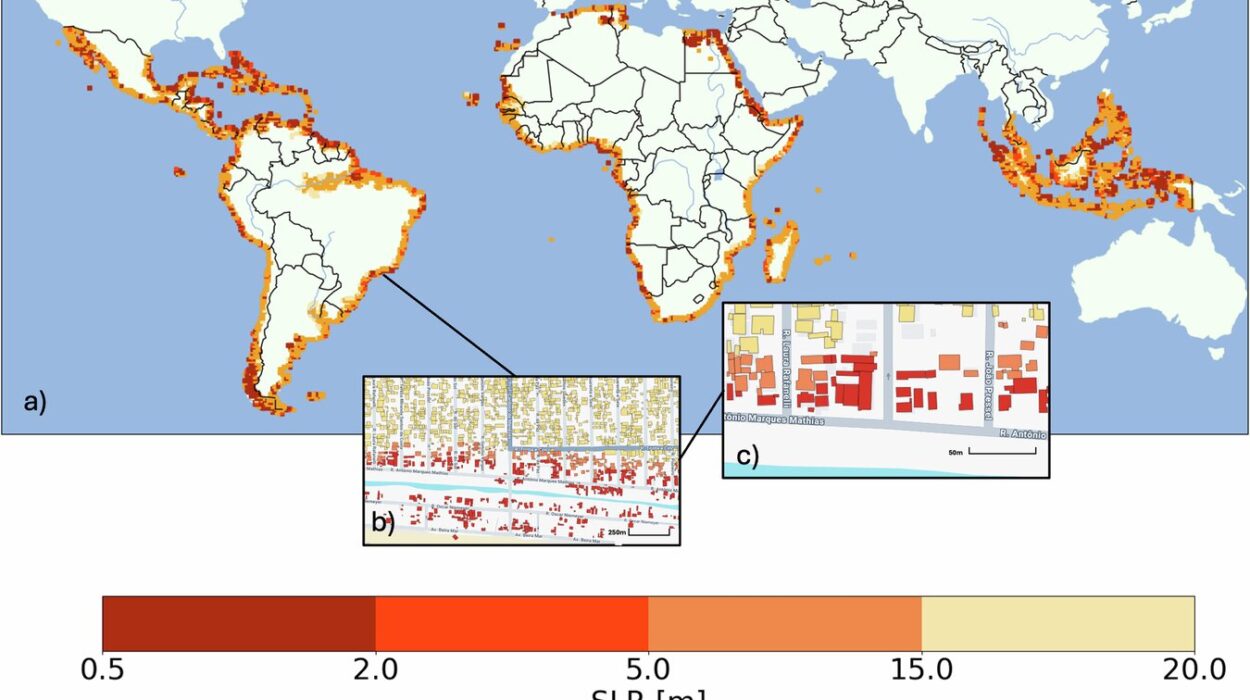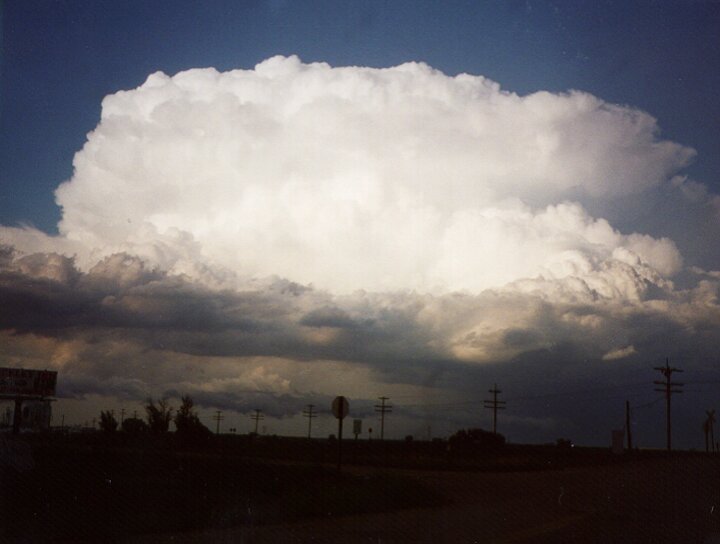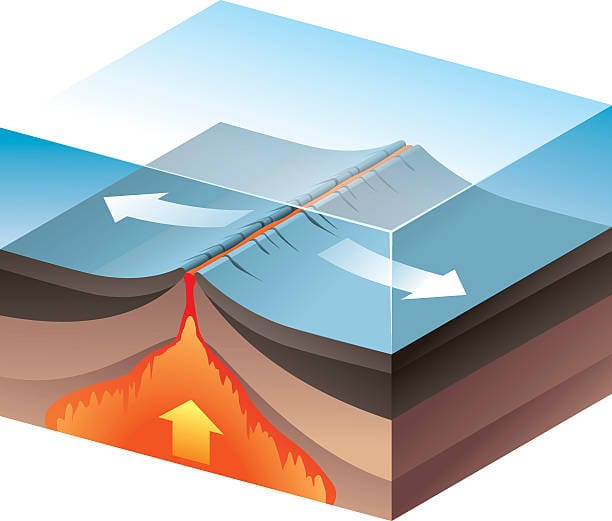In the heart of the Amazon rainforest, beneath the towering emerald canopy where sunlight barely kisses the earth, a symphony once played uninterrupted. Leaves rustled with the scurry of monkeys, birds wove melodies into the wind, insects hummed beneath damp moss, and ancient trees stood like wise elders, breathing life into the atmosphere. But today, chainsaws bite through trunks older than empires. Smoke billows from fires lit in haste. Where there was once breath and birdsong, there is now silence, smoke, and sorrow.
This is the story of deforestation. But it’s more than a story about trees. It’s about us, the air we breathe, the food we eat, the water we drink, the climate we fear, and the web of life to which we belong. When forests fall, the effects ripple outward—unseen, often ignored, yet profound. The disappearance of forests is not just the fading of a landscape. It is the unraveling of Earth’s most intricate ecosystem.
The Pulse of the Planet: Why Forests Matter
Forests are more than collections of trees. They are living, breathing systems that regulate Earth’s life-support systems. Covering about 31% of the planet’s land area, forests are home to more than 80% of terrestrial species. They provide shelter, medicine, food, and livelihoods for over 1.6 billion people. But perhaps most vital of all is their role as the lungs of the Earth.
Through the process of photosynthesis, trees absorb carbon dioxide—a greenhouse gas that traps heat in the atmosphere—and release oxygen. They store carbon in their roots, trunks, and soil, acting as massive carbon sinks that help mitigate climate change. A single mature tree can absorb up to 48 pounds of carbon dioxide per year. Now multiply that by trillions across the globe. The numbers are staggering.
Yet, despite their immense value, forests are vanishing. Every year, the world loses around 10 million hectares of forest—an area roughly the size of Portugal. Much of this loss is due to human activities: agriculture, logging, mining, and urban expansion. Behind every cleared acre is a story of demand—demand for timber, beef, soy, palm oil, and paper.
The Collapse of Complex Homes: Biodiversity in Peril
Imagine a cathedral. Not of stone, but of leaves and limbs—a complex, towering structure that has evolved over millions of years. This is a rainforest. Within its multi-layered chambers live creatures that may never see the forest floor or the canopy above. From tiny orchids that bloom once a decade to jaguars that prowl unseen paths, every organism is part of an elaborate ballet of life.
Deforestation shatters this harmony. When trees are felled and habitats fragmented, species are displaced or wiped out entirely. Some can adapt. Most cannot. Habitat loss is the leading cause of extinction today. The World Wildlife Fund reports that we’ve lost over two-thirds of global wildlife populations in just the past 50 years. In tropical regions like the Amazon, Congo Basin, and Southeast Asia, species are disappearing faster than science can record them.
And the loss is not just poetic—it’s practical. Biodiversity ensures the resilience of ecosystems. It supports everything from soil fertility to pollination. Without it, systems collapse. Insects that pollinate crops disappear. Predators that control pest populations vanish. Even the microbes in forest soil, essential for nutrient cycling, are lost.
The Climate Clock is Ticking: Forests and Carbon Balance
Forests are nature’s most powerful ally in the fight against climate change, yet deforestation turns them from a solution into a threat. When trees are cut down and burned or left to rot, the carbon they’ve stored for decades—or centuries—is released back into the atmosphere. This amplifies global warming.
Deforestation accounts for roughly 10% of global greenhouse gas emissions—more than all the world’s cars, trucks, ships, and planes combined. The Amazon rainforest alone stores over 120 billion tons of carbon. But with every acre lost, this vast carbon sink becomes a carbon source.
What’s worse, climate change and deforestation feed each other in a deadly loop. As temperatures rise and rainfall patterns shift, forests become drier and more vulnerable to fire. In turn, more fires mean more carbon emissions, which accelerate warming. It’s a vicious cycle with global consequences.
Already, parts of the Amazon are nearing a tipping point. Scientists warn that if deforestation continues unchecked, vast portions of the rainforest could transition into savanna—dry, degraded lands incapable of sustaining the same biodiversity or carbon storage. Once this threshold is crossed, the damage may be irreversible.
Rivers Run Dry: Water and the Forest Connection
Forests are water-makers. Through a process called transpiration, trees release water vapor into the atmosphere, which helps form clouds and regulate rainfall. In large forests like the Amazon, this creates a feedback loop where moisture is recycled, maintaining both local and global rainfall patterns.
But when forests disappear, so does this self-sustaining cycle. Deforestation disrupts the hydrological balance. Less tree cover means less transpiration, leading to drier air, fewer clouds, and reduced rainfall. This, in turn, affects agriculture, drinking water supplies, and even weather systems far beyond the deforested area.
For example, the Amazon plays a key role in distributing moisture across South America. Its “flying rivers”—aerial streams of water vapor—feed rainfall into areas thousands of miles away, including some of the continent’s most important agricultural zones. Cut down the forest, and those rivers dry up. Crops fail. Water scarcity worsens. Communities suffer.
Soil: The Hidden Casualty
Beneath the canopy, in the shadow of every fallen tree, lies another victim—soil. Forest soils are rich in nutrients, but only as long as the forest remains intact. Trees protect the soil from erosion by anchoring it with their roots and shielding it from the impact of heavy rains. Leaves and organic matter nourish it, fostering a living web of fungi, microbes, and insects.
Once the trees are gone, the soil is exposed. Wind and rain wash away the topsoil, leaving behind a barren, compacted layer that can no longer support crops or vegetation. This degradation, known as desertification, affects over a billion people worldwide and threatens food security in some of the world’s most vulnerable regions.
In tropical forests, the damage is even more rapid. Because nutrients are concentrated in vegetation rather than the soil, clear-cutting leads to immediate fertility loss. Within just a few years, once-lush landscapes are reduced to dust.
Human Costs: Health, Livelihoods, and Indigenous Rights
Deforestation doesn’t just impact trees and animals. It hits people—often the poorest and most vulnerable—first and hardest.
Many indigenous communities live in and depend on forests for their culture, sustenance, and spiritual identity. When forests are destroyed, so too are these ways of life. Land grabs, illegal logging, and aggressive development displace tribes and lead to violent conflicts. Languages die. Traditions vanish. Entire civilizations teeter on the edge of extinction.
Deforestation also contributes to the emergence of new diseases. As natural habitats are destroyed, wildlife is pushed into closer contact with human populations, increasing the risk of zoonotic diseases—those that jump from animals to humans. The COVID-19 pandemic offered a chilling example of how these ecological disturbances can have global consequences.
Moreover, deforestation affects public health in subtler ways. Forest loss contributes to air and water pollution, reduces access to medicinal plants, and worsens the effects of heatwaves and droughts. In cities near deforested areas, temperatures rise, and air quality declines, making life harder for everyone, especially children and the elderly.
The Role of Agriculture and Global Trade
One of the leading drivers of deforestation is industrial agriculture. Vast areas of tropical forest are cleared every year to make way for cattle ranching, soy cultivation, and oil palm plantations. These commodities are often exported globally, linking consumer choices in one part of the world to environmental destruction in another.
In Brazil, much of the Amazon is felled to graze cattle or grow soy, most of which is exported to feed livestock in Europe and China. In Indonesia and Malaysia, ancient rainforests are razed for palm oil—used in everything from snacks to shampoo.
The global economy is built on this invisible deforestation. Many products we use daily carry hidden environmental costs. Supply chains stretch across oceans, masking the true impact of consumption. Until recently, there were few tools or incentives to track or reduce this footprint. But that is beginning to change.
Signs of Hope: Resistance and Restoration
Despite the bleak picture, there is hope. Around the world, communities, scientists, policymakers, and activists are fighting back against deforestation—and winning.
Reforestation and afforestation projects are gaining ground. Countries like Costa Rica have successfully reversed deforestation through strong environmental policies, payment for ecosystem services, and ecotourism. The “Great Green Wall” project in Africa aims to restore 100 million hectares of degraded land across the Sahel region, providing jobs and resilience against climate change.
Technology is also playing a role. Satellite monitoring systems can now track forest loss in near real-time, exposing illegal logging and helping governments enforce protections. Sustainable certification programs encourage responsible sourcing of timber, paper, and palm oil.
And most importantly, there is growing awareness. From indigenous land defenders to youth climate activists, a new generation is rising to demand accountability and change. People are recognizing that forests are not just resources—they are relatives, protectors, and partners in our survival.
The Future of Forests—and Ours
Deforestation is not a distant tragedy. It is a slow-burning emergency that touches every aspect of life on Earth. It affects our climate, our health, our food systems, our cultures, and our future. The trees falling in remote jungles are warning bells ringing across continents.
But the story is not finished. Forests are remarkably resilient. Given the chance, they can regrow, restore, and renew. So can we.
What we do in the next decade will shape the forests of the next millennium. Our choices—what we buy, how we govern, who we listen to—will determine whether the Earth remains a thriving, green planet or descends into ecological collapse.
Let us not wait until the last tree falls. Let us stand with the forests. For in protecting them, we protect ourselves.
